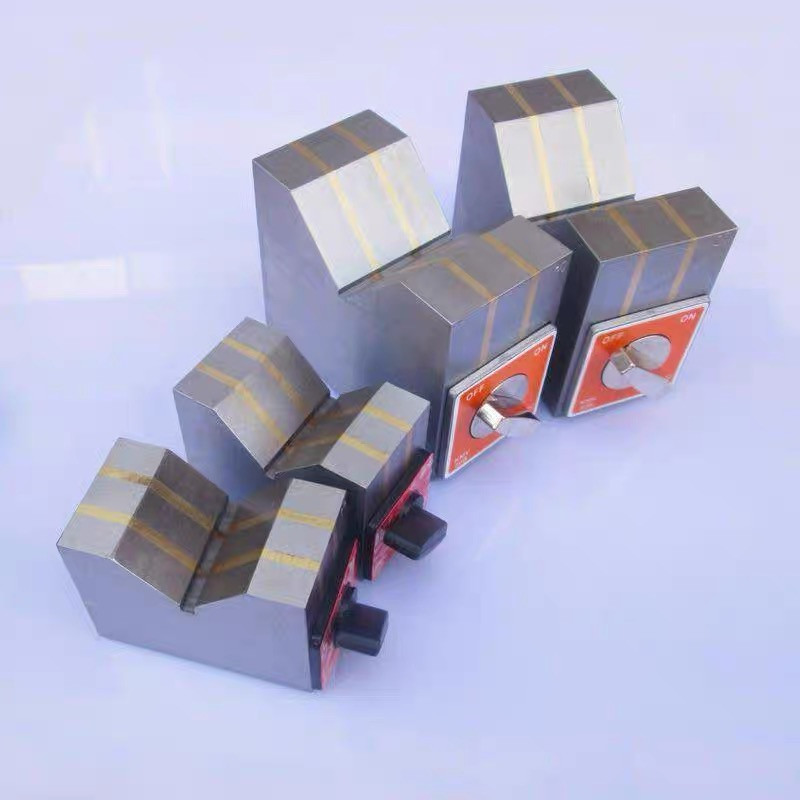نومبر . 08, 2024 14:10 Back to list
Durable Check Valve Solutions for Heavy-Duty Applications and Industrial Uses
Understanding Heavy Duty Check Valves Function, Applications, and Benefits
Heavy duty check valves are essential components in various industrial systems, designed to prevent backflow and ensure the safety and efficiency of fluid transport. These valves play a pivotal role in a wide range of applications, from water treatment plants to oil and gas industries, where high-pressure and high-flow conditions are prevalent. Understanding their functionality, applications, and benefits is crucial for professionals working in system design and maintenance.
Functionality of Heavy Duty Check Valves
The primary function of a check valve is to allow fluid to flow in one direction while preventing it from flowing in the opposite direction. This is particularly important in systems where backflow can cause contamination, equipment damage, or reduced efficiency. Heavy duty check valves are specifically engineered to withstand extreme operating conditions, including high pressure, temperature fluctuations, and abrasive media.
Typically, a heavy duty check valve consists of a body, a disc or ball that acts as a closing mechanism, and a seat. The design allows for minimal resistance to the flow of fluid. When fluid pressure exceeds a predetermined level, the valve opens, allowing the fluid to pass through. Conversely, when the pressure drops or reverses, the closing mechanism seals the valve, preventing backflow.
Applications of Heavy Duty Check Valves
Heavy duty check valves are widely used across various industries, thanks to their robust design and reliability. Some common applications include
1. Oil and Gas Industry In this sector, pipelines often experience high pressures and the risk of backflow. Heavy duty check valves are employed in various stages of oil transport to protect pumps and ensure unidirectional flow, thus safeguarding the entire system.
2. Water and Wastewater Management In municipal water systems, these valves prevent backflow that could lead to contamination of potable water sources. Wastewater treatment facilities use them to manage flow from different treatment processes, ensuring that treated water does not flow back into the contaminated streams.
3. Chemical Processing Heavy duty check valves are used in chemical plants to prevent backflow of corrosive or hazardous materials. They help maintain the integrity of chemical processes and safeguard the health of workers and environments.
heavy duty check valve

4. Power Generation In power plants, particularly those utilizing steam, check valves are crucial in maintaining the flow direction of steam and water, preventing damage to turbines and other equipment.
Benefits of Using Heavy Duty Check Valves
The advantages of heavy duty check valves make them indispensable in industrial applications. Key benefits include
1. Durability Designed for longevity, these valves are constructed from robust materials that can withstand harsh operating environments, including extreme temperatures and corrosive substances.
2. Reliability Their ability to operate effectively under high pressure and flow conditions ensures that systems remain efficient and free from unexpected shut-downs caused by backflow.
3. Safety By preventing backflow, heavy duty check valves reduce the risk of accidents and equipment failure, enhancing overall system safety.
4. Low Maintenance Due to their rugged construction and reliability, these valves typically require minimal maintenance, reducing downtime and operational costs.
5. Versatility Heavy duty check valves can be tailored to suit various applications and are available in different sizes, materials, and configurations to meet specific industry needs.
Conclusion
In conclusion, heavy duty check valves are fundamental components that enhance the performance and safety of fluid systems across multiple industries. Their ability to prevent backflow under extreme conditions ensures not only the efficiency of operations but also the longevity of equipment. As industries continue to evolve and face new challenges, the importance of reliable and durable components like heavy duty check valves cannot be overstated. Understanding their critical role can help engineers and operators make informed decisions, ultimately leading to improved system performance and safety standards.
-
Why Metric Trapezoidal Thread is Ideal for Precision Motion ControlNewsAug.05,2025
-
The Unique Properties of a Block of Granite for Industrial UseNewsAug.05,2025
-
The Role of Flanged Y Strainers in Preventing Pipeline ClogsNewsAug.05,2025
-
The Importance of Regular Calibration for Master Ring GagesNewsAug.05,2025
-
How a Cast Iron Surface Table Enhances Accuracy in ManufacturingNewsAug.05,2025
-
Comparing Different Check Valve Types for Optimal Flow ControlNewsAug.05,2025
Related PRODUCTS









